Few prehistoric creatures have had a journey as remarkable as the Brontosaurus. This iconic long-necked dinosaur has experienced a scientific rollercoaster ride unlike any other—declared a valid genus in 1879, dismissed as a scientific error in 1903, and dramatically reinstated in 2015. The saga of Brontosaurus exemplifies how paleontology evolves with new evidence and analytical techniques, challenging even its most established conclusions. This incredible tale of scientific revision offers us insight into not just dinosaur classification but the self-correcting nature of scientific inquiry itself.
The Discovery of Brontosaurus

The story begins in 1879 when renowned paleontologist Othniel Charles Marsh described and named a new dinosaur genus—Brontosaurus, meaning “thunder lizard.” This name was inspired by the creature’s massive size, which Marsh believed would have created thunderous footfalls as it moved across prehistoric landscapes. The first specimen, Brontosaurus excelsus, was discovered during the infamous “Bone Wars” period of intense fossil-hunting competition between Marsh and his rival Edward Drinker Cope. The nearly complete skeleton was unearthed from the Morrison Formation in Como Bluff, Wyoming, a site that would yield numerous important dinosaur discoveries. What made this find particularly exciting was the impressive size of the animal and its relatively complete state of preservation, providing scientists with substantial material to study this majestic sauropod.
Physical Characteristics of the Thunder Lizard

Brontosaurus was a massive sauropod dinosaur that roamed Earth during the Late Jurassic period, approximately 156-146 million years ago. It featured the classic sauropod body plan: an enormously long neck, small head, robust barrel-shaped body, and long whip-like tail. Adults could reach lengths of 72 feet (22 meters) from head to tail and likely weighed between 15-20 tons. The creature’s most distinguishing feature was its relatively robust skeleton compared to some other sauropods, particularly its uniquely shaped vertebrae. Its legs were thick, pillar-like structures necessary to support its enormous body weight, while its feet were elephant-like with five toes. Despite its massive size, studies of its skull suggest Brontosaurus possessed a relatively small head with peg-like teeth adapted for stripping vegetation rather than chewing, indicating it was an herbivore that likely swallowed food whole without significant processing in the mouth.
The Fateful Reclassification
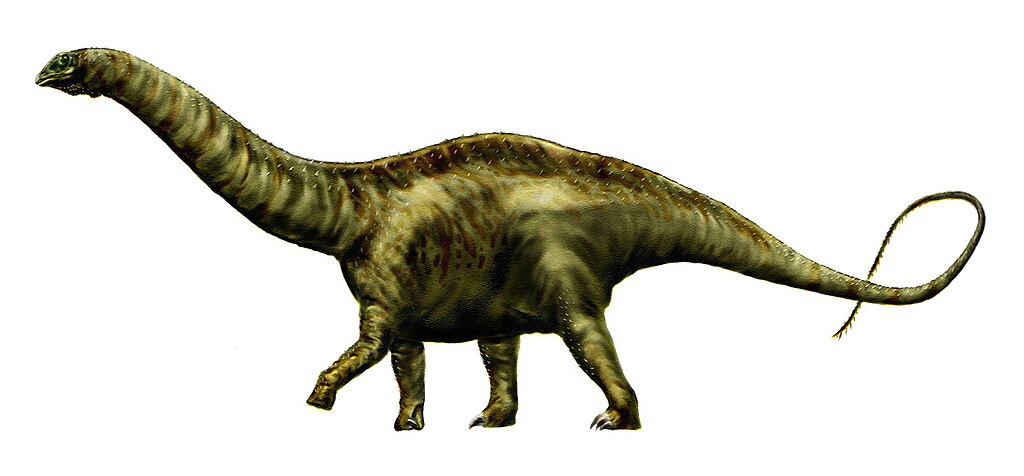
The downfall of Brontosaurus began in 1903 when paleontologist Elmer Riggs published a paper comparing Brontosaurus with another sauropod genus called Apatosaurus, which Marsh had described earlier in 1877. Upon careful examination of the fossil evidence, Riggs concluded that Brontosaurus excelsus was not distinct enough to warrant its own genus and should instead be classified as another species within the Apatosaurus genus—Apatosaurus excelsus. According to scientific naming conventions, the first name published (Apatosaurus) had priority, effectively rendering Brontosaurus invalid as a separate genus. Riggs declared, “The genus Brontosaurus shall henceforth be regarded as a synonym,” a scientific death sentence that would relegate the beloved thunder lizard to the realm of paleontological mistakes for over a century. Despite this reclassification, the name Brontosaurus had already captured public imagination and would prove difficult to eradicate from popular culture.
A Century in Scientific Limbo

For over 110 years, Brontosaurus existed in a peculiar state of scientific non-existence while simultaneously remaining one of the most recognizable dinosaurs in popular culture. Professional paleontologists consistently used Apatosaurus in their scientific publications and classifications, adhering to Riggs’ determination. Museums gradually updated their displays, often reluctantly, to reflect the scientific consensus that Brontosaurus was merely an Apatosaurus by another name. This created an unusual disconnect between scientific nomenclature and public understanding, as children’s books, movies, and toys continued to feature “Brontosaurus” prominently. The name refused to fade away, appearing in everything from “The Flintstones” cartoon to stamps issued by the U.S. Postal Service, much to the frustration of paleontologists who repeatedly attempted to correct the public record. This period demonstrated how scientific classifications, however technically correct, sometimes struggle against deeply entrenched popular terminology.
The Famous Wrong Head

Adding to the Brontosaurus controversy was a significant error in its early reconstruction that persisted for decades. When Marsh first mounted and displayed the Brontosaurus skeleton at Yale’s Peabody Museum, he was missing its skull and substituted the head of another sauropod—likely a Camarasaurus—creating an incorrect composite dinosaur that would influence depictions for generations. This mistaken representation featured a more robust, square skull rather than the elongated, horse-like skull that sauropods like Apatosaurus and Brontosaurus actually possessed. The error wasn’t definitively corrected until the 1970s when researchers determined what the proper skull should look like based on complete specimens of related dinosaurs. This famous case of the “wrong head” became a cautionary tale in paleontology about the dangers of reconstructing incomplete specimens and demonstrates how scientific understanding evolves as new evidence emerges. The incorrect skull compounded the identity crisis of Brontosaurus, further muddying the waters between scientific accuracy and public perception.
Cultural Impact During Its “Extinction”

Despite its scientific invalidation, Brontosaurus maintained an astonishing cultural presence throughout the 20th century. The dinosaur became a corporate icon when Sinclair Oil adopted a sauropod silhouette for its logo in the 1930s, which they called Brontosaurus despite the scientific reclassification. In 1989, the U.S. Postal Service released a series of dinosaur stamps featuring “Brontosaurus,” prompting an outcry from paleontologists about the scientific inaccuracy. The thunder lizard also stomped through popular literature and film, perhaps most famously in Michael Crichton’s “Jurassic Park,” though the novel acknowledged the naming controversy. Children’s media was particularly resistant to adopting the name change, with countless books, toys, and educational materials continuing to use Brontosaurus decades after its scientific demotion. This persistent cultural footprint demonstrated an unusual phenomenon where scientific consensus was unable to overwrite a deeply embedded public nomenclature, creating a rare case where popular culture effectively preserved a scientific name that experts had abandoned.
The Revolutionary 2015 Study

The scientific resurrection of Brontosaurus came in April 2015 when an international team of researchers led by Emanuel Tschopp published a comprehensive study in the journal PeerJ that sent shockwaves through the paleontological community. Their exhaustive analysis examined 477 anatomical features across 81 sauropod specimens, representing the most detailed study of diplodocid dinosaurs ever conducted. Using advanced statistical methods and phylogenetic analysis, the researchers concluded that Brontosaurus was indeed distinct enough from Apatosaurus to warrant classification as its own genus. The team identified numerous distinguishing characteristics, particularly in the vertebrae and pelvis, that supported separating the genera. This landmark study demonstrated how modern computational techniques and comprehensive specimen comparison could overturn long-established taxonomic arrangements. After more than a century in scientific exile, Brontosaurus was formally reinstated to the dinosaur family tree, vindicating both Marsh’s original classification and the public’s persistent use of the name.
Key Differences Between Apatosaurus and Brontosaurus
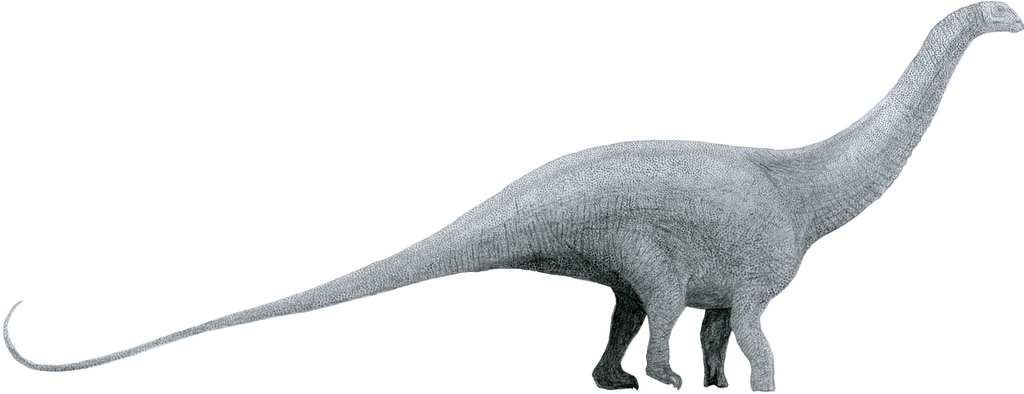
The 2015 resurrection of Brontosaurus hinged on several anatomical differences that distinguished it from Apatosaurus, differences subtle enough to be overlooked in earlier studies but significant when examined with modern techniques. Brontosaurus possessed more gracile bones overall compared to the extremely robust skeleton of Apatosaurus, despite both being massive dinosaurs. The neck vertebrae of Brontosaurus were higher and less wide than those of Apatosaurus, creating a different neck profile and possibly indicating different feeding strategies. In the hip region, Brontosaurus had a taller, more narrow ilium (hip bone) compared to the lower, wider structure in Apatosaurus. Additionally, the shoulder blades differed in shape and proportion between the genera. While these differences might seem minor to non-specialists, they represent meaningful evolutionary distinctions that likely reflected different ecological adaptations and evolutionary histories. Modern paleontological classification increasingly recognizes that even subtle anatomical variations can reflect important evolutionary divergences, supporting the separation of these once-combined dinosaur giants.
Species Within the Resurrected Genus

The rehabilitated Brontosaurus genus currently includes three recognized species, each with its own unique characteristics and discovery history. The type species, Brontosaurus excelsus, was Marsh’s original 1879 discovery and remains the most well-known member of the genus. Brontosaurus yahnahpin (formerly classified as Eobrontosaurus) represents a more primitive form of the thunder lizard, with fossils discovered in Wyoming’s Morrison Formation dating to the late Kimmeridgian stage of the Late Jurassic. The third recognized species, Brontosaurus parvus, was originally described as an Apatosaurus species but was reclassified during the 2015 study; it is characterized by its relatively smaller size compared to its massive relatives. Each species shows subtle variations in vertebral anatomy, limb proportions, and other skeletal features that help paleontologists understand the evolutionary radiation of these enormous sauropods. This diversity within the genus suggests that Brontosaurus was a successful evolutionary lineage that adapted to specific ecological niches within the Late Jurassic ecosystem, rather than a singular dinosaur type.
Life and Ecology of Brontosaurus

Brontosaurus inhabited the floodplains and forests of western North America during the Late Jurassic, sharing its ecosystem with other famous dinosaurs including Stegosaurus, Allosaurus, and its close relative Diplodocus. As a massive herbivore, Brontosaurus likely consumed enormous quantities of vegetation daily, possibly focusing on soft, high-growing foliage that it could reach with its elevated neck. Its feeding strategy probably involved stripping leaves from branches rather than chewing, with food being processed in a large fermentation chamber in its gut. Recent studies suggest that contrary to earlier beliefs, Brontosaurus and other sauropods likely held their necks in a more horizontal position rather than the dramatically upright posture depicted in older reconstructions. The thunder lizard’s enormous size would have provided protection against predators like Allosaurus, with adults likely having few threats beyond illness or extreme old age. Young Brontosaurus, however, would have been vulnerable, suggesting these dinosaurs may have employed reproductive strategies that produced many offspring, few of which would survive to adulthood.
Scientific Methods Behind the Resurrection

The reinstatement of Brontosaurus represents a triumph of modern scientific methodology in paleontological classification. The 2015 study employed an approach called cladistics—a system that groups organisms based on shared derived characteristics to establish evolutionary relationships. Researchers used statistical algorithms to process hundreds of anatomical features across dozens of specimens, allowing them to quantify similarities and differences between dinosaur species with unprecedented precision. Additionally, the team utilized a technique called Bayesian statistical analysis, which provides a mathematical framework for evaluating the probability of different phylogenetic hypotheses. One crucial innovation was their application of the “taxonomic gap” concept, which measures the degree of anatomical difference needed to separate genera versus species. This approach contrasts with earlier classification methods that relied more heavily on a few key characteristics and subjective judgment. The resurrection of Brontosaurus exemplifies how paleontology has evolved from a primarily descriptive science to one employing sophisticated quantitative and computational methods to resolve taxonomic questions that were previously considered settled.
Scientific Debate and Acceptance
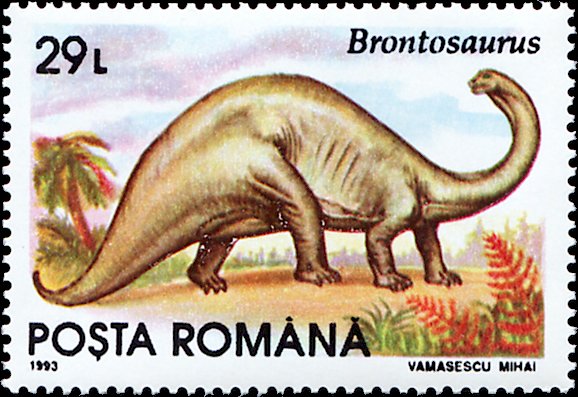
The 2015 reclassification of Brontosaurus wasn’t immediately accepted by all paleontologists, demonstrating the healthy skepticism that characterizes scientific progress. Some researchers questioned whether the anatomical differences identified were truly significant enough to justify separate genera rather than species-level distinctions. Others raised methodological concerns about how the study weighted certain characteristics or handled incomplete specimens. However, subsequent analyses have largely supported the separation of Brontosaurus and Apatosaurus as distinct genera, with the scientific consensus gradually shifting in favor of the resurrection. This debate exemplifies how paleontological classifications remain hypotheses subject to revision rather than immutable facts. The Brontosaurus case has prompted broader discussions about what constitutes sufficient anatomical difference to define separate genera among dinosaurs and other extinct creatures. As one researcher noted, “Taxonomy is always a work in progress,” highlighting how scientific understanding evolves through evidence-based argumentation and continued research rather than sudden, universal conversion to new ideas.
Implications for Paleontology and Taxonomy
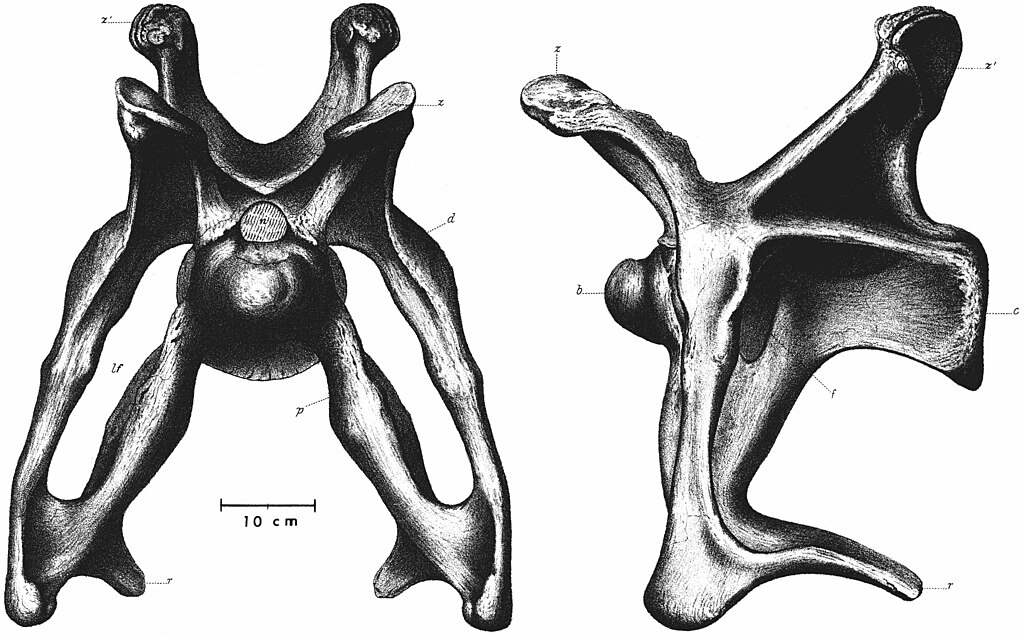
The resurrection of Brontosaurus has profound implications extending far beyond the reclassification of one dinosaur genus. This case demonstrates that even long-established scientific conclusions remain open to revision when new evidence or analytical methods emerge. For paleontology specifically, it highlights the value of revisiting historical collections with modern techniques, as many museum specimens collected decades or centuries ago may contain overlooked information relevant to current questions. The Brontosaurus saga has prompted paleontologists to reconsider other potential cases where genera might have been prematurely synonymized based on limited comparisons or older methodological approaches. Additionally, this scientific reversal underscores the importance of quantitative approaches to taxonomy, moving beyond reliance on a few key characteristics toward comprehensive anatomical analysis. Perhaps most significantly, the case illustrates how taxonomy serves as a hypothesis about evolutionary relationships rather than an absolute truth, reinforcing that classification systems are human constructs designed to represent our best understanding of evolutionary history at a given time.
Brontosaurus in the Modern Imagination
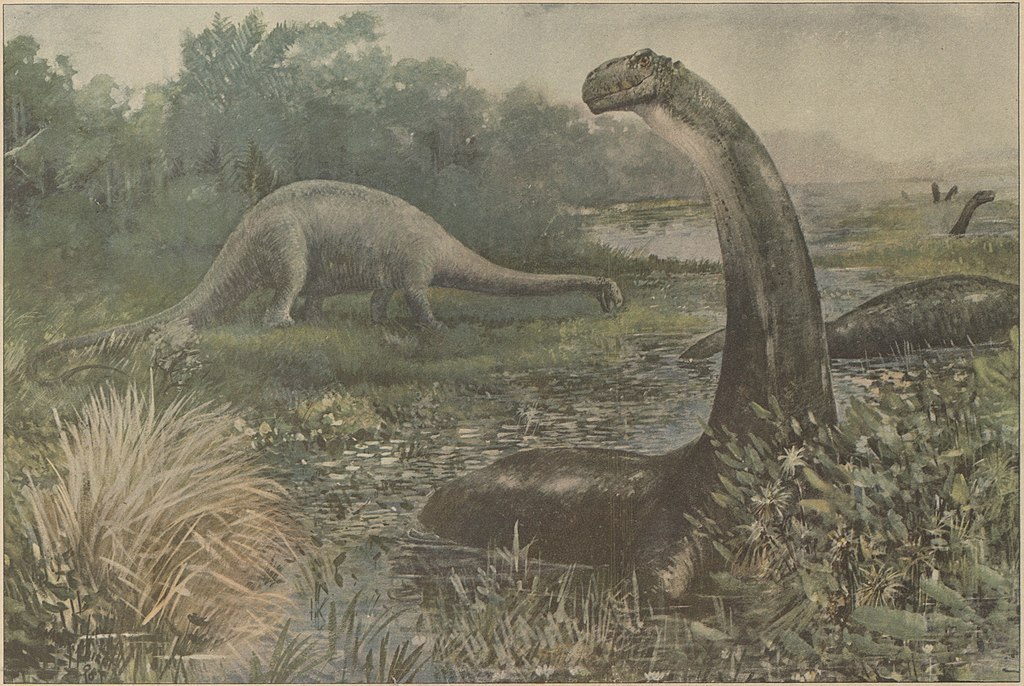
The scientific resurrection of Brontosaurus in 2015 created a rare moment where popular culture and scientific consensus realigned after a century-long divergence. Museums worldwide began updating their displays and educational materials to reflect the dinosaur’s reinstated status, often with exhibitions explaining the fascinating history of its classification. The renewed scientific validity of the name has influenced recent dinosaur media, with documentaries like PBS’s “The Dinosaur Comeback” and BBC’s updated “Planet Dinosaur” incorporating the reclassification into their narratives. Children’s educational materials have been particularly quick to embrace the corrected information, emphasizing how science self-corrects based on new evidence. Interestingly, the Brontosaurus saga has become a valuable teaching tool about the nature of scientific inquiry itself, demonstrating that science proceeds through evidence-based revision rather than unchanging dogma. For many dinosaur enthusiasts both young and old, the thunder lizard’s return represents a satisfying validation of a name that never truly disappeared from popular consciousness, creating a rare instance where public persistence aligned with eventual scientific conclusion.
Conclusion
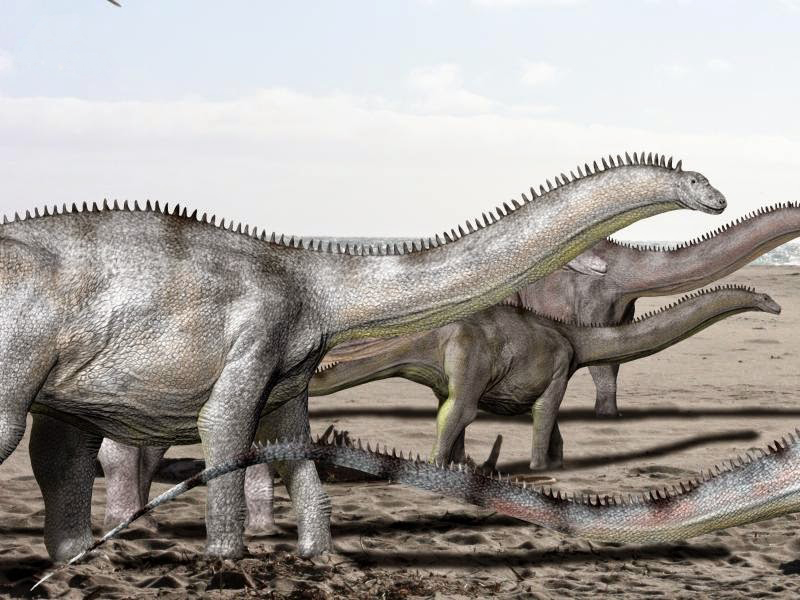
The remarkable journey of Brontosaurus—from discovery to dismissal to ultimate resurrection—encapsulates the evolving nature of scientific knowledge. This saga reminds us that science is not a static collection of facts but a dynamic process constantly refined through new evidence and analytical approaches. The thunder lizard’s return to scientific validity after more than a century of exile demonstrates how contemporary research methods can transform our understanding of the prehistoric world, sometimes by revisiting questions long considered settled. For dinosaur enthusiasts who never abandoned the name, the reinstatement represents a satisfying convergence of popular culture and scientific classification. Ultimately, the Brontosaurus story serves as a compelling reminder that in science, even the most established conclusions remain provisional—subject to revision when better evidence emerges.



